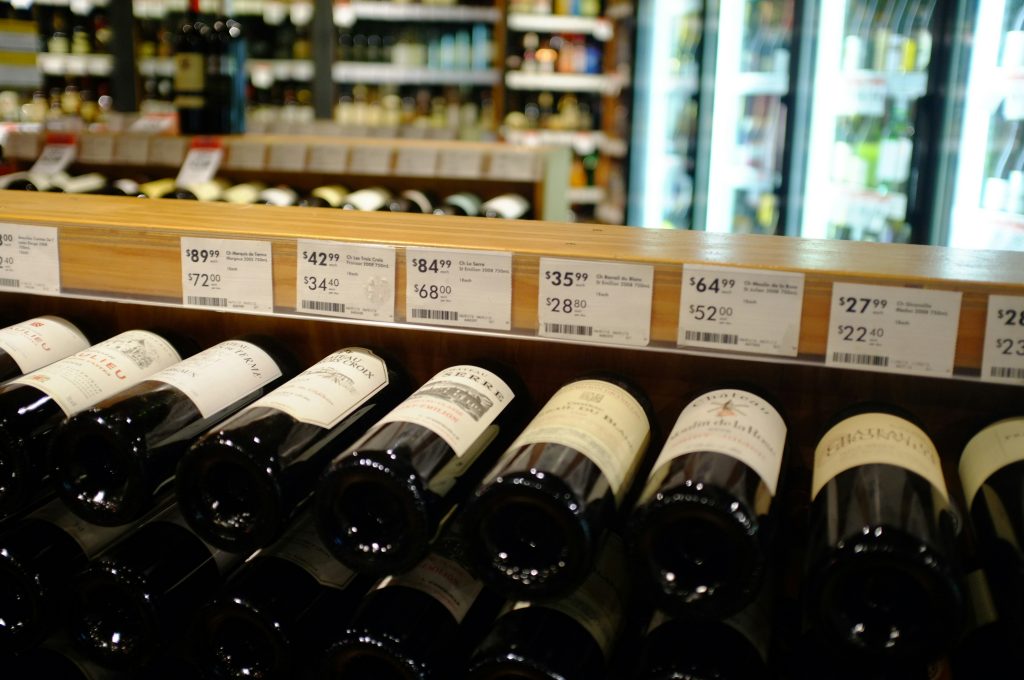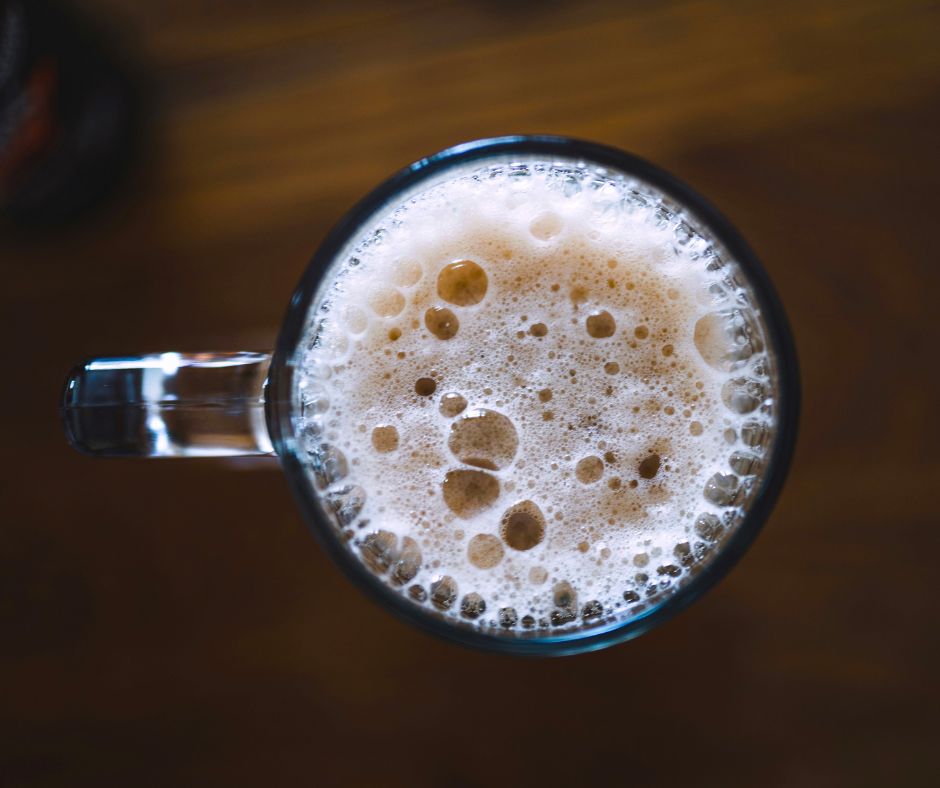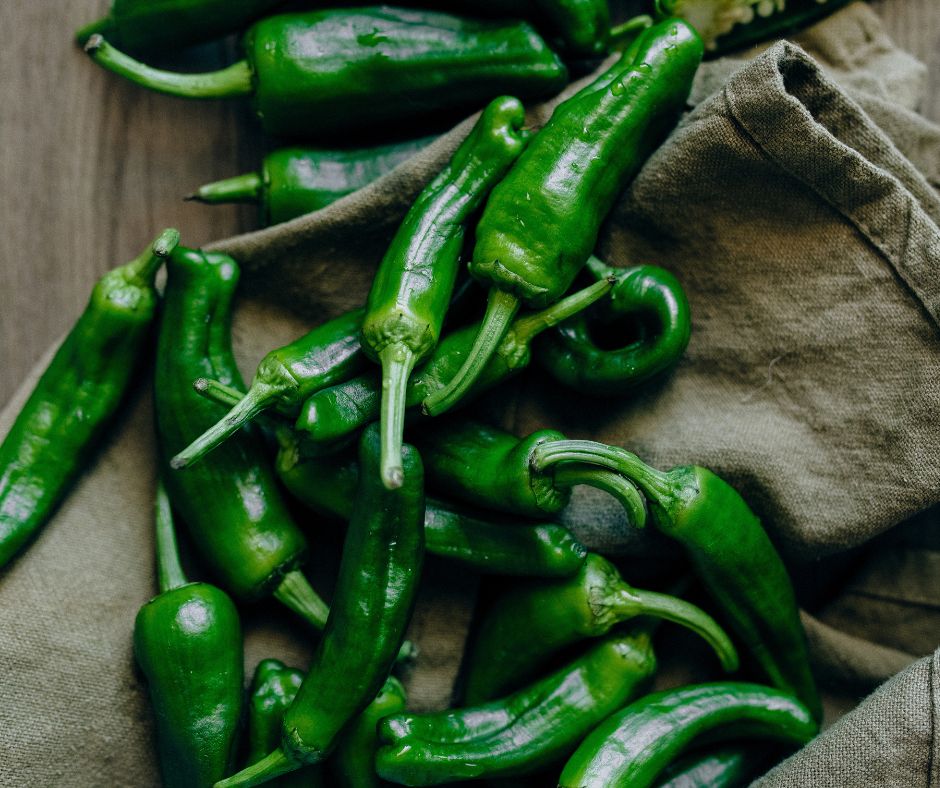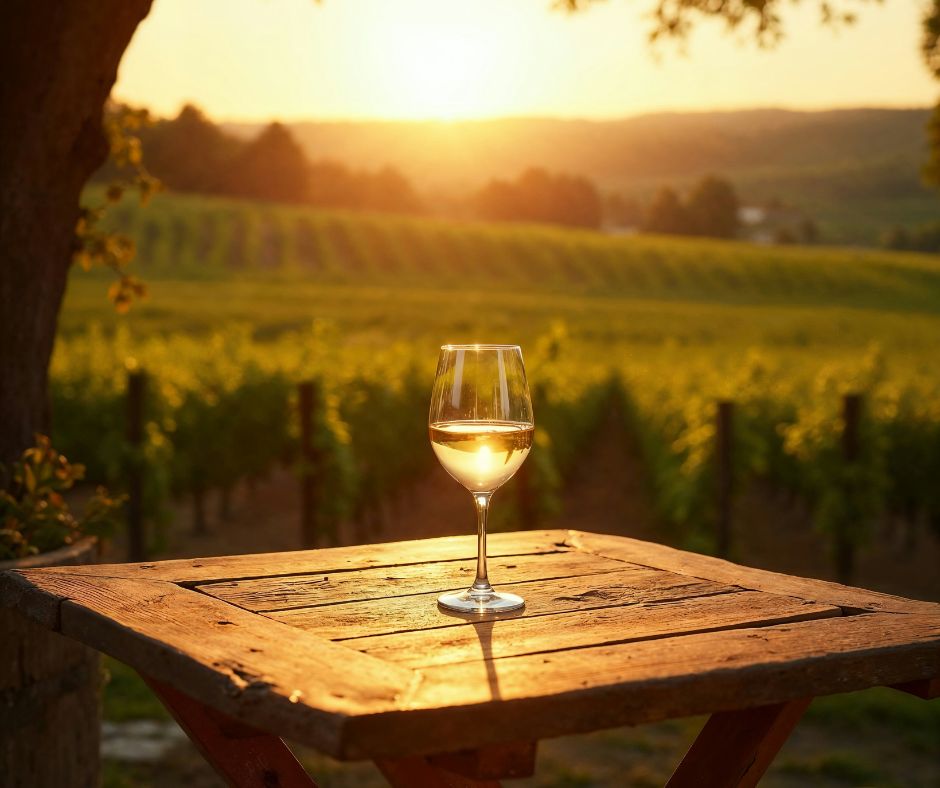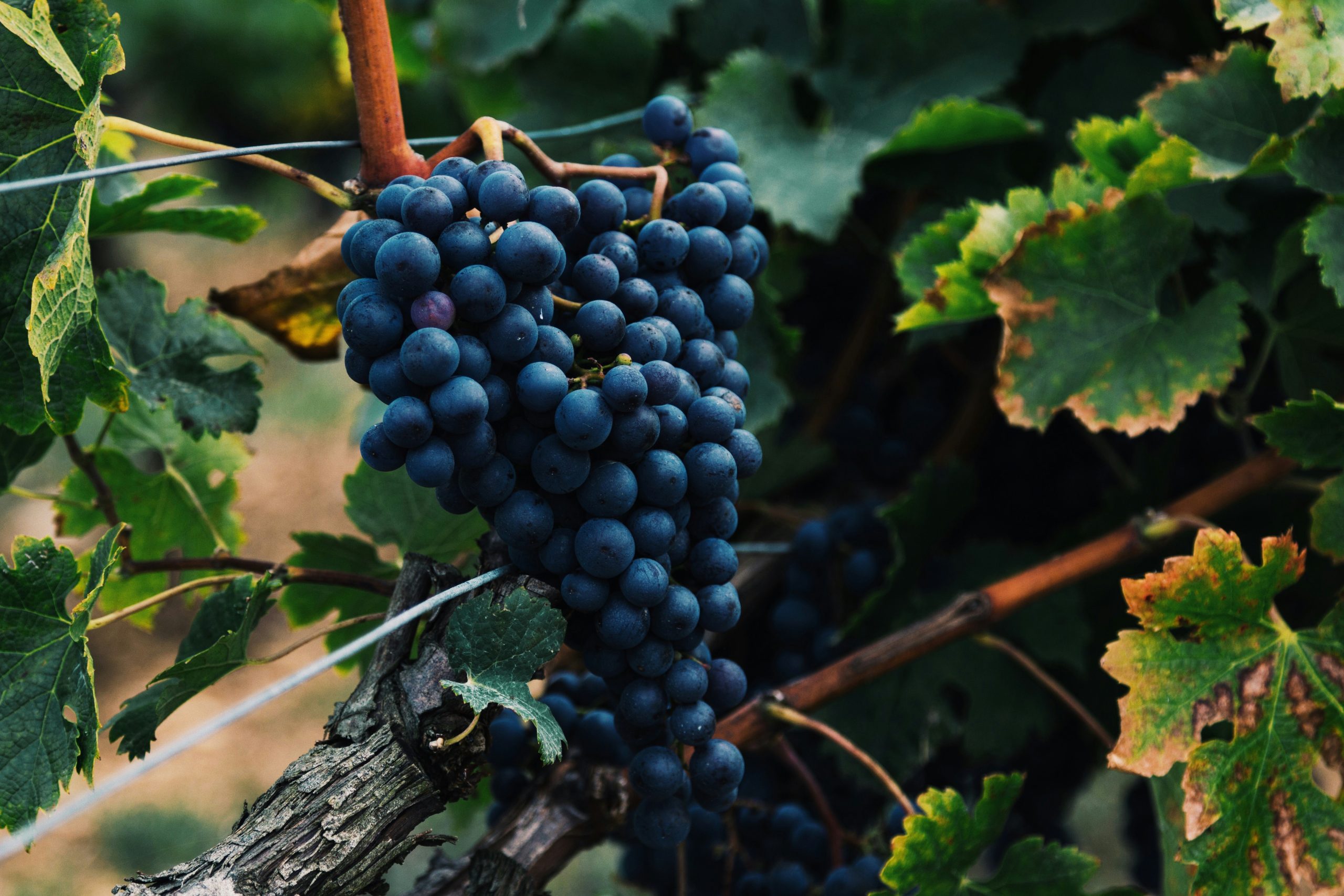At Pairable AI™, we believe that data can uncover the hidden costs behind everyday decisions — and wine tariffs are no exception.
Tariffs might seem like a quick fix in international trade disputes, but when it comes to your favorite bottle of wine, they often do more harm than good. From Napa to Bordeaux, the real price isn’t just on the label — it’s buried in the supply chain, and ultimately, in your glass.
Wine Tariffs: Who Really Pays the Price?
Tariffs often act like a reflex — one country imposes them, and the other responds with
retaliation. Much like a doctor tapping a knee, the reaction is immediate and rarely
constructive.
There are two main types of negotiation: integrative (win–win) and distributive (win–lose or zero–sum). Tariffs fall squarely into the latter. They’re designed to gain leverage, but usually lead to protectionism, tension, and escalation — not collaboration.
In the case of wine, a 20% tariff on imports to the U.S. is, in effect, a tax paid by U.S. importers — not foreign winemakers. These importers will pass the cost to distributors, who then pass it
to retailers, and finally, consumers foot the bill.
Some argue that tariffs help U.S. wine producers by making foreign wines more expensive. But what’s more likely is this: domestic producers will raise their own prices, taking advantage of reduced competition. The result? Consumers see higher prices across the board, not a better deal. And ironically, small U.S. winemakers may suffer the most. Consumption is already declining — especially among younger generations — and tariffs add another hurdle. With higher prices and fewer consumers, boutique and niche wineries could be pushed out of an already difficult market.
Let’s not forget: winemaking starts with land — and in regions like Napa and Sonoma, vineyard
land prices have soared, tracking with or exceeding housing costs. Many small winemakers are
still paying off land purchased at inflated values, which already makes domestic wine more expensive than imports in many cases.
Expecting tariffs to “save” U.S. winemakers is wishful thinking. Retaliatory tariffs will make exporting harder. And at home, rising prices may drive even more consumers away from wine altogether — hurting the very winemakers tariffs were supposed to protect.


